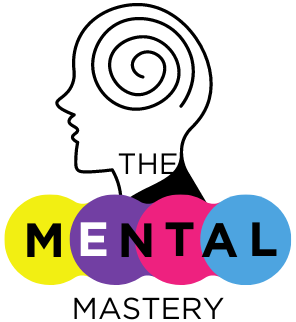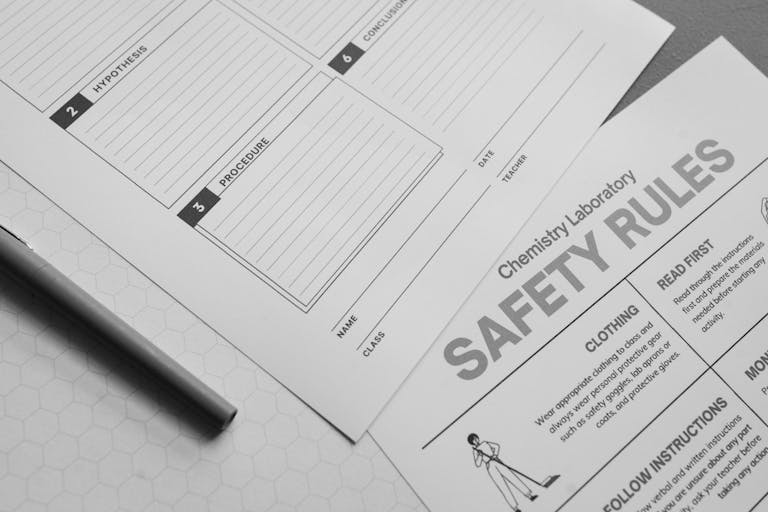Teaching Clients the Art of Boundary-Setting in Mental Health Therapy
Introduction
Establishing boundaries is essential to both emotional well-being and healthy relationships. However, many people have trouble establishing and maintaining boundaries, particularly those who have a history of trauma or people-pleasing habits. Teaching therapists how to create boundaries is a crucial part of mental health treatment. This article examines the importance of boundaries, the difficulties that clients encounter, and useful strategies that therapists might use to empower their patients.

Understanding the Role of Boundaries in Mental Health
Setting boundaries is more than just saying “no”; it’s about establishing a framework for mutual respect, safety, and understanding. People may express their needs, protect their energy, and preserve their independence in relationships when they have healthy boundaries. Lack of boundaries has been linked in studies to higher levels of stress, anxiety, and burnout (Perryman & Hayes, 2019).
Setting boundaries is especially important in therapy for clients who are healing from codependent relationships or trauma. These people frequently struggle to differentiate their needs from those of others, which results in mental exhaustion and low self-esteem. Clients who receive boundary-setting education can take back control of their lives and enhance their mental well-being.
Why Clients Struggle with Boundary-Setting
Many clients enter therapy with deeply ingrained fears and misconceptions about boundaries. Common challenges include:
- Fear of Rejection: Clients may worry that asserting boundaries will lead to relationship breakdowns or rejection by loved ones.
- Guilt: Cultural or familial conditioning often teaches individuals to prioritize others over themselves, making boundary-setting feel selfish.
- Unawareness: Some clients lack insight into their own needs and limits, making it hard to identify where boundaries are necessary.
- Trauma: Survivors of abuse may have learned to suppress their needs to maintain safety, resulting in blurred or non-existent boundaries (Siegel & Thomas, 2020).
Therapists must recognize these challenges and provide a supportive framework to help clients overcome them.
Steps to Teach Boundary-Setting in Therapy
1. Educate Clients About Boundaries
Start by explaining the concept of boundaries and their different types—physical, emotional, mental, material, and time boundaries. Clients often benefit from visual models or worksheets to help them identify areas where boundaries are lacking. Research shows that psychoeducation enhances client understanding and compliance in therapy (Rogers & Singh, 2021).
2. Encourage Self-Awareness
Before clients can set boundaries, they need to understand their own needs, values, and emotional triggers. Use reflective exercises or journaling prompts to help clients identify situations where they feel drained, disrespected, or overwhelmed.
3. Practice Assertive Communication
Teaching clients to communicate boundaries effectively is critical. Role-playing exercises in therapy can help clients practice using “I” statements to express their needs. For example, instead of saying, “You’re always interrupting me,” a client could say, “I feel unheard when I’m interrupted, and I’d like to finish my thoughts before getting feedback.”
4. Reinforce the Importance of Consistency
Boundaries lose their effectiveness if they are not maintained. Help clients create strategies to remain consistent, such as rehearsing responses to boundary pushback or revisiting their goals regularly.
5. Address Boundary Violations
Clients may encounter resistance when enforcing boundaries. Therapists can help clients develop coping mechanisms for such situations, such as calmly restating their limits or stepping away from the interaction if necessary.
6. Celebrate Small Wins
Acknowledging progress is essential for building confidence. Encourage clients to reflect on moments when they successfully set or enforced a boundary, no matter how small.
Techniques and Tools for Therapists
Therapists can employ various tools to facilitate boundary-setting, including:
- Cognitive Behavioural Therapy (CBT): CBT techniques help clients identify and challenge distorted beliefs about boundaries, such as “If I say no, people will stop loving me.”
- Mindfulness Practices: Mindfulness helps clients tune into their emotions and bodily signals, enabling them to detect when their boundaries are being crossed.
- Boundary Mapping: This visual technique involves creating a “boundary map,” where clients outline areas of their lives where they feel most vulnerable or overwhelmed.
Additionally, homework assignments, such as practicing boundary-setting in low-stakes situations, can help clients build confidence over time.
The Role of Therapists in Supporting Clients
In addition to helping clients navigate the process, therapists also serve as role models for appropriate boundaries in the therapeutic relationship. Setting clear standards for communication outside of therapy, respecting session time, and maintaining professional boundaries are all part of this. Because clients frequently internalize these examples in their own lives, the research emphasizes the value of modeling behaviour in therapy (Bishop, 2018).
Understanding Boundary-Setting in the Therapeutic Context
There is no one-size-fits-all method for establishing boundaries. How customers view and apply boundaries is greatly influenced by cultural, social, and individual factors. People from collectivist societies, for instance, can value family peace over individual freedom, necessitating a careful approach to defining boundaries. Therapists need to continue to be aware of these dynamics and modify their approaches as necessary.
Furthermore, boundary-related issues like dependency or transference may arise within the therapeutic process itself. These concerns should be discussed openly by therapists, who should emphasize the value of autonomy and respect for one another in their therapeutic relationship.
Conclusion
Setting boundaries is a crucial skill for emotional well-being and independence. Teaching this discipline needs more than just giving techniques; it also entails encouraging self-awareness, addressing limiting beliefs, and giving people the confidence to put their health first. Therapists can assist clients in developing better, more robust relationships with others and themselves by incorporating evidence-based practices.
In the end, establishing, communicating, and maintaining boundaries is a lifelong skill that fosters mental health and resilience. Therapists must give priority to this important component of care as research on the profound effects of boundaries continues to show that it helps clients have more balanced and satisfying lives.
References
Bishop, J. (2018). Assertiveness training and its impact on boundary-setting. Journal of Psychological Practice, 23(3), 200-215.
Perryman, H., & Hayes, S. (2019). Boundaries and mental health: Understanding their significance. Mental Health Quarterly, 35(2), 145-158.
Rogers, L., & Singh, R. (2021). Effective communication strategies in relationship management. Psychology Today, 29(4), 310-325.
Siegel, D., & Thomas, A. (2020). The role of self-awareness in establishing personal boundaries. International Journal of Mental Health Studies, 12(1), 34-50.







